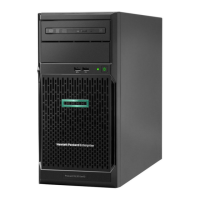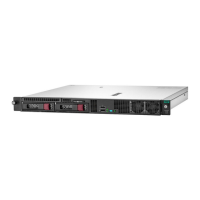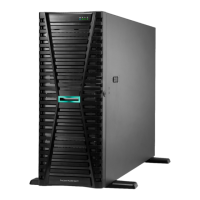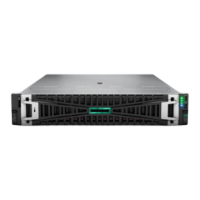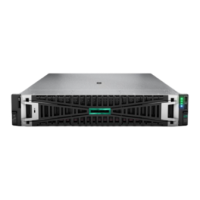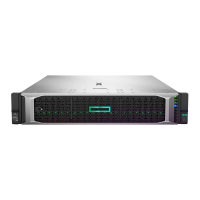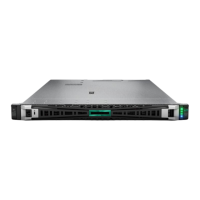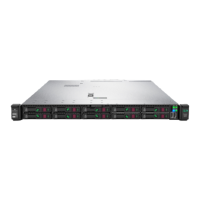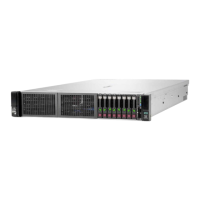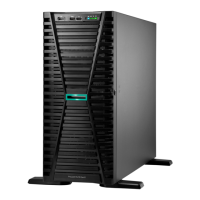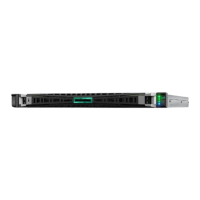Procedure
1. From the System Utilities screen, select System Configuration > BIOS/Platform Configuration
(RBSU) > Workload Profile.
2. Select the Custom profile option.
All of the settings from the previously applied Workload Profile are shown. All options are editable.
3. Change the options that you want to have new values.
4. Save and reboot to apply the changes.
System options
Configuring Boot Time Optimizations
Setting Dynamic Power Capping Functionality
Use the Setting Dynamic Power Capping Functionality option to configure when the system ROM
executes power calibration during the boot process.
Procedure
1. From the System Utilities screen, select System Configuration > BIOS/Platform Configuration
(RBSU) > System Options > Boot Time Optimizations > Dynamic Power Capping Functionality.
2. Select a setting.
• Auto—Power calibration runs the first time the server is booted and is only run again when the
hardware configuration settings of the server change.
• Enabled—Power calibration runs on every system boot.
• Disabled—Power calibration does not run, and Dynamic Power Capping is not supported.
3. Save your setting.
Enabling or disabling Extended Memory Test
Use the Extended Memory Test option to configure whether the system validates memory during the
memory initialization process. When enabled, and uncorrectable memory errors are detected, the
memory is mapped out, and the failed DIMMs are logged to the IML.
NOTE: Enabling this option might significantly increase boot time.
Procedure
1. From the System Utilities screen, select System Configuration > BIOS/Platform Configuration
(RBSU) > System Options > Boot Time Optimizations > Extended Memory Test.
2. Select a setting.
System options 53

